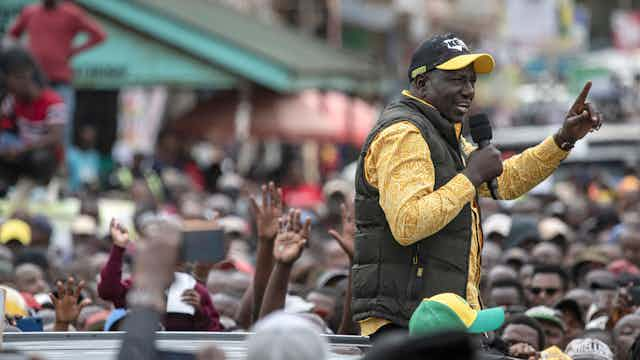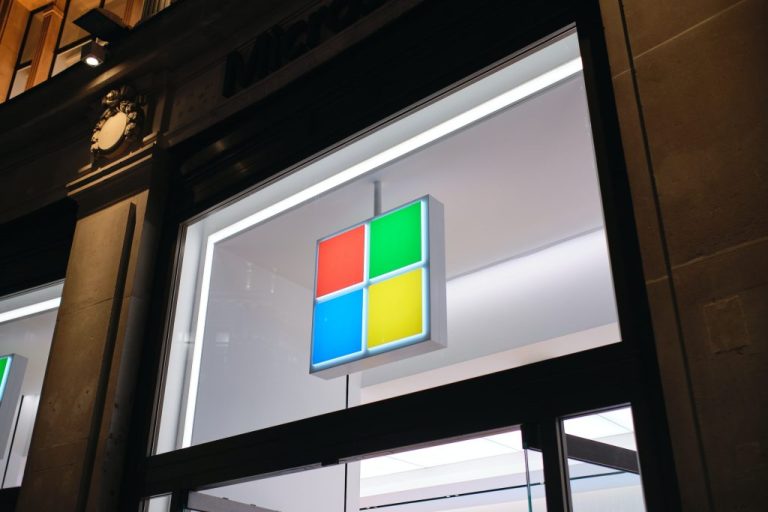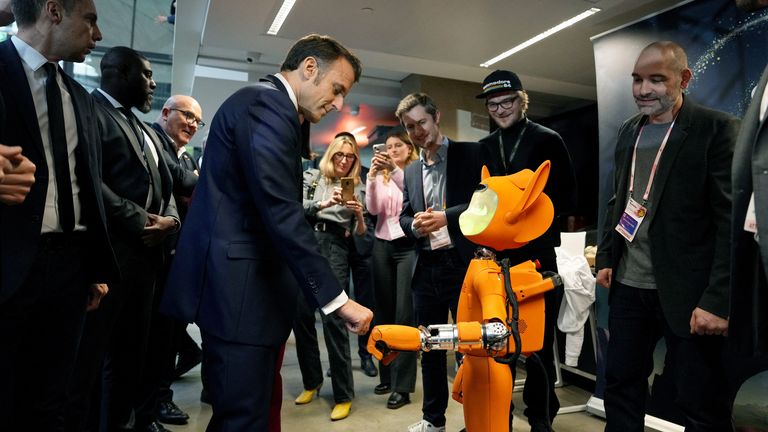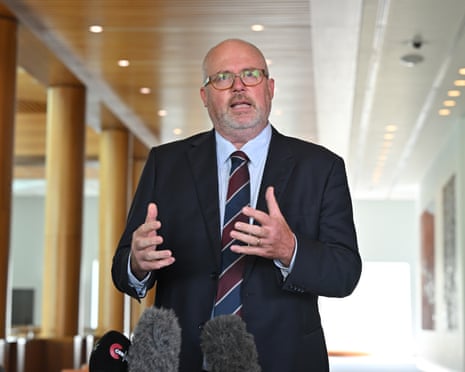Assessing the Safety of Kenya’s President in Crowded Events: Insights from a Security Expert’s VIP Protection Checklist
Ensuring the safety of any president involves a complex mix of intelligence, physical security, and rapid-response protocols. Though specific operational details remain classified, there are established global best practices for VIP protection.
In Kenya, the importance of presidential protection came to light after an incident in early May 2025, where a shoe was thrown at President William Ruto during a public gathering, striking his hand. Having studied policing and security strategies in Kenya for over 15 years, I believe this event revealed significant security shortcomings among the elite officers responsible for the president’s safety.
Presidential security in Kenya is a pressing concern due to threats from terror groups like Somalia’s Al-Shabaab and various criminal networks. There have been troubling incidents in the past, such as in 2021, when a businessman infiltrated the presidential motorcade and accessed then-President Uhuru Kenyatta’s residence. Similarly, in 2017, a trespasser was shot by presidential guards after illegally entering the grounds of the state house.
The protocols in place for protecting the president are multi-layered, involving personnel from the National Intelligence Service, the Kenya Defence Forces, the Presidential Escort Police, bomb disposal teams, and regular police officers, all deployed based on the nature of the event.
While the shoe-throwing incident may seem like a minor embarrassment, it should serve as a crucial reminder to enhance security measures surrounding the president without hindering his public interactions.
Before any presidential visit, security teams conduct exhaustive reconnaissance of the site. This involves coordination with local law enforcement, clearing the airspace, defining secure transport routes, and identifying nearby medical facilities for emergencies.
Motorcade routes are meticulously pre-planned, including dry runs to establish alternative paths should any threats arise. It is not uncommon for roads to be temporarily closed while security teams scan for explosives or other dangers. In high-risk areas, counter-sniper teams are discreetly positioned to ensure protection.
Attacks on presidential motorcades are infrequent in Kenya; however, there have been exceptions, such as when opposition supporters stoned then-President Daniel Moi’s motorcade in 2002 and a mob targeted then-Deputy President Ruto’s motorcade in November 2021.
The National Intelligence Service and the Presidential Escort Unit perform covert reconnaissance ahead of time, assessing potential vulnerabilities, crowd sizes, and access points for the head of state.
When gatherings are held in large venues, attendees undergo screening through metal detectors and physical searches. Both uniformed and undercover security personnel monitor the crowd for any potential threats.
The president and accompanying dignitaries are protected by at least three layers of security. The innermost ring involves close protection officers positioned within arm’s reach of the president to neutralize threats. The middle ring contains armed guards vigilant for sudden movements within the crowd. Finally, the outer layer consists of regular police and paramilitary units from the General Service Unit, securing the perimeter.
The presidential motorcade itself is a coordinated convoy of armored vehicles, which includes lead and chase cars, communication units, and emergency response teams. Local traffic police manage the traffic flow to ensure unimpeded movement, while the routes remain confidential until necessary.
In the event of a perceived threat, the president can be shielded and quickly moved to a secure vehicle or airlifted in high-risk situations, coordinated by the Kenya Defence Forces.
Despite rigorous security measures, incidents do occur. For instance, in March 2025, a British tourist was fatally struck by a vehicle in Ruto’s motorcade, leading to investigations and a review of motorcade safety protocols.
These occurrences underscore the challenges of balancing presidential security with public safety, particularly in densely populated urban settings.
The shoe-throwing incident laid bare five significant failures in the security protocols aimed at protecting the president:
- Crowd Screening Failures: The assailant was in close proximity to the president, indicating insufficient distance from the crowd. Additionally, the inner security ring failed to recognize the shoe raised for a throw, suggesting inadequate scanning.
- Response Delays: Elite security officers should have quickly subdued the assailant, but their focus appeared to be on the president rather than on scanning the crowd.
- Proximity Issues: The president stood too close to an unscreened crowd. Best practices necessitate maintaining a three to five-meter buffer for individuals who have not been screened.
- Intelligence Gaps: Security should be alert to aggressive behavior in close proximity to the president, and undercover agents are essential to monitor crowd dynamics for pre-attack signals.
- Evacuation Planning: Following the incident, the president continued speaking instead of being promptly relocated to a secure vehicle or helicopter, which is the standard protocol in high-risk scenarios.
Improvements in Kenya’s presidential security protocols may include:
- Increasing the standoff distance between the president and crowds.
- Deploying more undercover officers to monitor crowds effectively.
- Implementing stricter screening measures for those near the president.
- Conducting regular drills to prepare for rapid threat neutralization.
While specific details regarding presidential security in Kenya remain confidential, the framework aims to offer comprehensive protection to the president while ensuring public safety during official events. Although no security protocol can guarantee total safety, a careful balance must be maintained between crowd control and accessibility.






